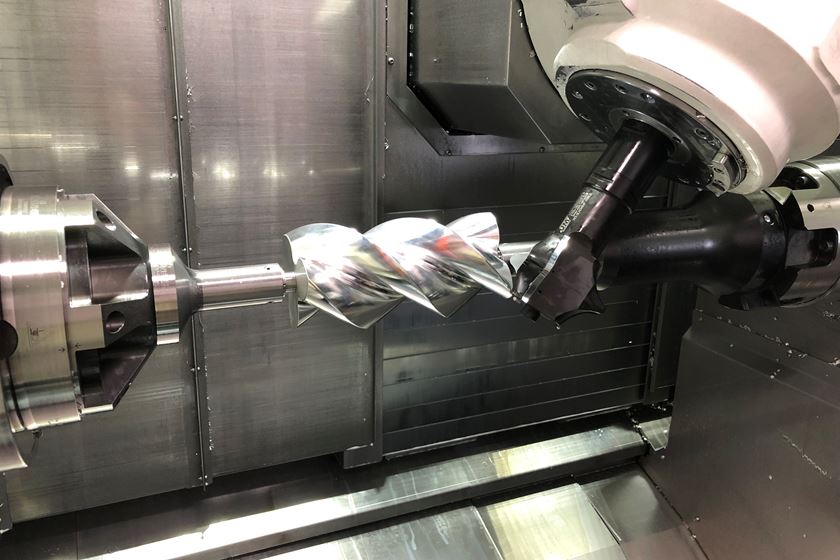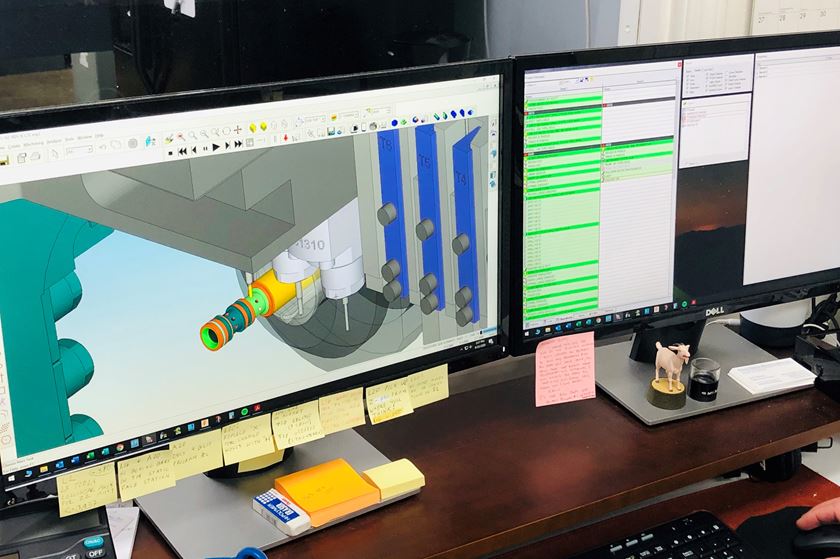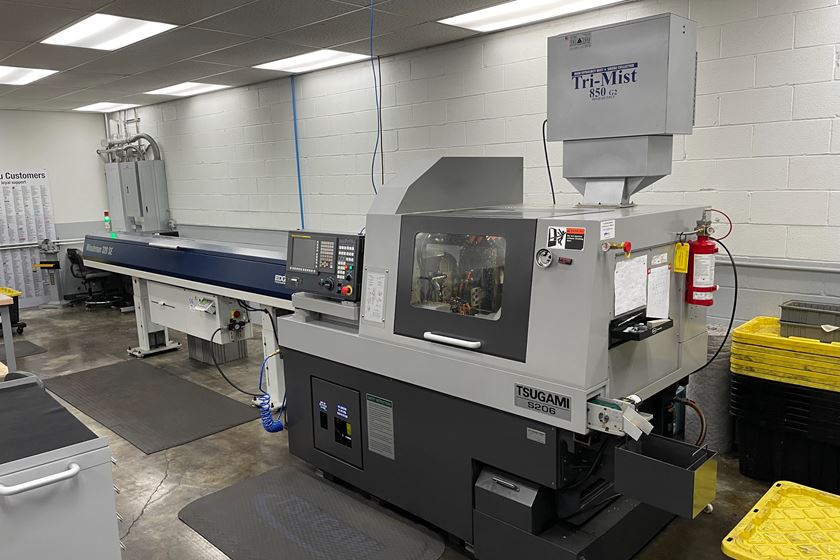New Software Never Solved a Problem. Ever.
Without planning, process, execution and discipline, investing in new software is a waste of money and time.
#columns

Proper implementation of software requires planning, establishment of process, execution and discipline necessary to enable the software solution to perform its job and add value to the organization.
The trade association was facing some headwinds. A drought in donations direly needed to support its operations, declining member participation and enthusiasm amid complaints that the organization was doing a poor job of communicating with and staying connected to its stakeholders, a dearth of passion on the part of its employees, and the list went on.
“Not to worry,” exclaimed the executive director at the regular monthly meeting of the advisory board, “we are investing in newsoftware! We just had our meeting with the solution provider and this new program will resolve our financial, member engagement and morale issues.”
Featured Content
As a relatively new board member I was skeptical, but I kept my mouth shut. I came to regret not speaking up.
We hear similar arguments in business as well. A new customer relationship management (CRM) software solution will enable us to manage customers, prospects, accounts, contacts, quotes and projects in ways we never could before. Once we invest in this solution we’ll be able to track opportunities, sales goals and our pipeline, and even predict future revenue with precision. Every team member will have a dashboard from which they can manage their customer relationships. We’ll even be able to send blast emails right from the software program and as often as we want.
Once we implement our new accounting software, our cash management and financial reporting challenges will be behind us. We’ll be able to produce financial statements within days of our monthly close, communicate seamlessly with the bank, pay our suppliers, and manage customer payments and payroll with ease.
新产品开发和工程software solution will enable our design team to innovate at rates never before possible. Every project will be tracked daily, every team member will be held to account, tollgates and deadlines will be met, and drawings and renderings managed. Never mind the payback period on the investment, we will be able to bring new products to market so much faster than our competitors that the software will pay for itself many times over in the first year.
Our new enterprise resource planning software will facilitate the completion of orders in ways we could have never imagined. The software will be able to predict customer demand, manage inventory, plan orders, track bills of materials, coordinate outside services, measure efficiency, productivity and employee hours, coordinate logistics and support customer service requirements seamlessly and virtually on its own.
If only!
Sadly my concerns about the efficacy of the software solution advocated by the trade association’s executive director proved intuitive. Eighteen months following the purchase of the software solution donations from our members not only hadn’t grown, they had decreased overall. Not only were our members no more satisfied with the organization’s level of engagement than they had been before but membership had declined. Following eighteen months of trying to learn and use a new software platform our employees were even less enthusiastic about their work.
Why? Because despite the temptation to believe otherwise a new software solution is never the solution to the challenges facing a business, it can only be a tool to be used in the solution to a problem.
Take the CRM software example. True, a new CRM platform may provide customer and prospect tracking, contact management and connectivity solutions an organization doesn’t currently have. However, simply purchasing the software and loading it onto a network or providing employees access to the solution via the cloud accomplishes nothing. To make the CRM effective we must ensure the accuracy of the data entered into the CRM. We must think through and map our customer relationship and related processes. Generally, solutions such as custom reports and dashboards require backend programming, design and implementation. Regular customer emails require not only a platform on which to design, manage, send and track the emails, they also require a team member to write and arrange the content included in the email. Tracking a client relationship from target to lead to prospect to order requires team discipline to consistently update the data in the CRM to ensure that it is current.
Much more important than the specific CRM solution we choose is the planning, establishment of process, execution and discipline necessary to enable the software solution to perform its job and add value to the organization. The same can be said for financial management, product development, enterprise resource planning and any other software solution we consider implementing.
RELATED CONTENT
What Does 2021 Have in Store for the Parts Cleaning Industry?
With a new opportunity to do good things in your organizations this year, I hope you use the parts cleaning section and this year’s and last year’s Parts Cleaning Conference as tools to succeed.
Is the German Apprenticeship Model the Answer for U.S. Manufacturing?
This machine tool builder president and CEO is an ardent proponent of the German apprenticeship model and believes this concept could be applied here in the United States to address the skilled labor shortage.
Introduction to Industrial Artificial Intelligence
工业Artifi的系统实现cial Intelligence enables secure data sharing among manufacturers, remote monitoring and operations, managing geographically distributed assets and more.















